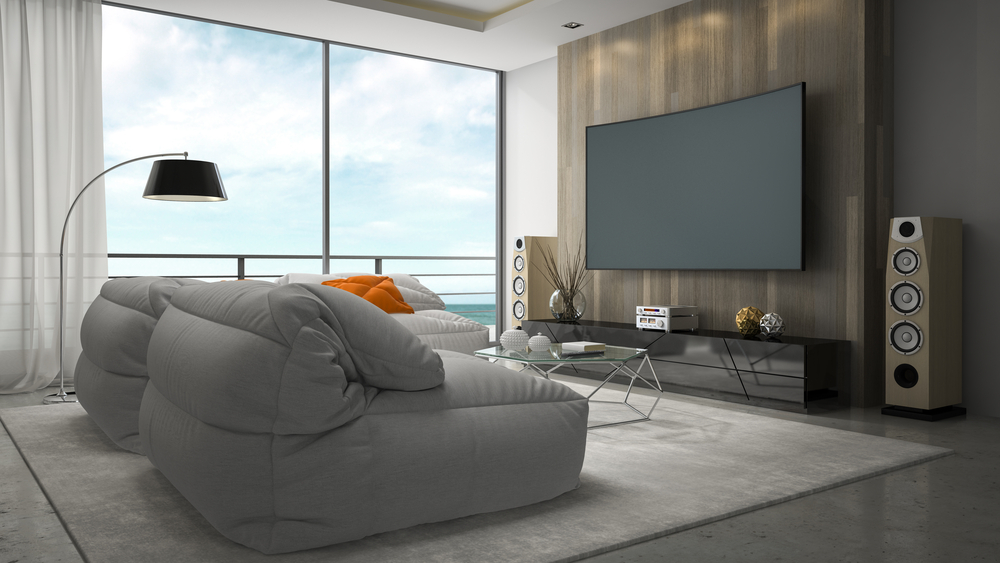A home entertainment system is a beautiful thing to have in a home. It’s like having your very own theatre right there at home and almost everything that comes with the movie-going experience (and removes some of the more annoying elements of going to the movies). When it comes to cost, comfort, convenience, and control of your movie experience, having your home entertainment system has its perks. Still, setting up your system can seem like a tough task that you’d rather pass on to someone else. However, having the ideal instructional guide can make the task far less challenging. Here’s how you can set up your entertainment system.
What’s Needed to Get Started
You will first need all the necessary components for your home entertainment setup before you can get the show on the road. All the cables, an appropriate place for the receiver, and an adequate audio-input and power source. You have to establish a connection path for audio and video signals, which is why components like cable boxes and media streamers are important in the initial stage of installation.
Connect the Components
- Begin with setting up the home theater receiver (AV or surround sound receiver) which is the source of most audio and video connectivity. Anything that has to do with amplification, decoding and processing, and switching will go through the home theater receiver. You must connect the home theater receivers to the right source/video input on your TV display.
- Send audio from the TV to the AV receiver by connecting the TV’s audio outputs, if present, to the TV or Aux audio inputs on the AV receiver. If your TV and receiver have the audio return channel (HDMI-ARC) feature, this can be used to connect both audio and visual through the home theater system.
- Setup your video input system, whether you are using a Smart TV, Game Console, DVD player, or Blu-Ray player you will need to connect it to your monitor. If you are using a Smart TV device or console you will need to connect to the internet. For the strongest connection consider using ethernet. If using a cable box, connect the cable box to the home theater receiver, sending the signal to your TV. Whatever, your choice is, setting up video input is crucial. Follow the instruction manual if you have one to make setup easier for you.
- Calibrate Your Speaker with a focus on the right connection, placement, and channel selection. If your home theater receiver comes with auto-calibration, you don’t have to do much, if anything at all. Connects speakers to the correct channel if you have to connect them to the AV receiver.
- Connect the subwoofer cable output on the receiver to the subwoofer’s LFE input. If a wireless connection is what you desire, a wireless connection kit may come in handy.
Cardoso Electrical Services provides entertainment design, installation, and repair services, delivering top-notch, professional work that you will appreciate. Whatever your entertainment needs, we would be happy to help with residential and commercial electrical services. Contact Cardoso Electrical Services to get started.

